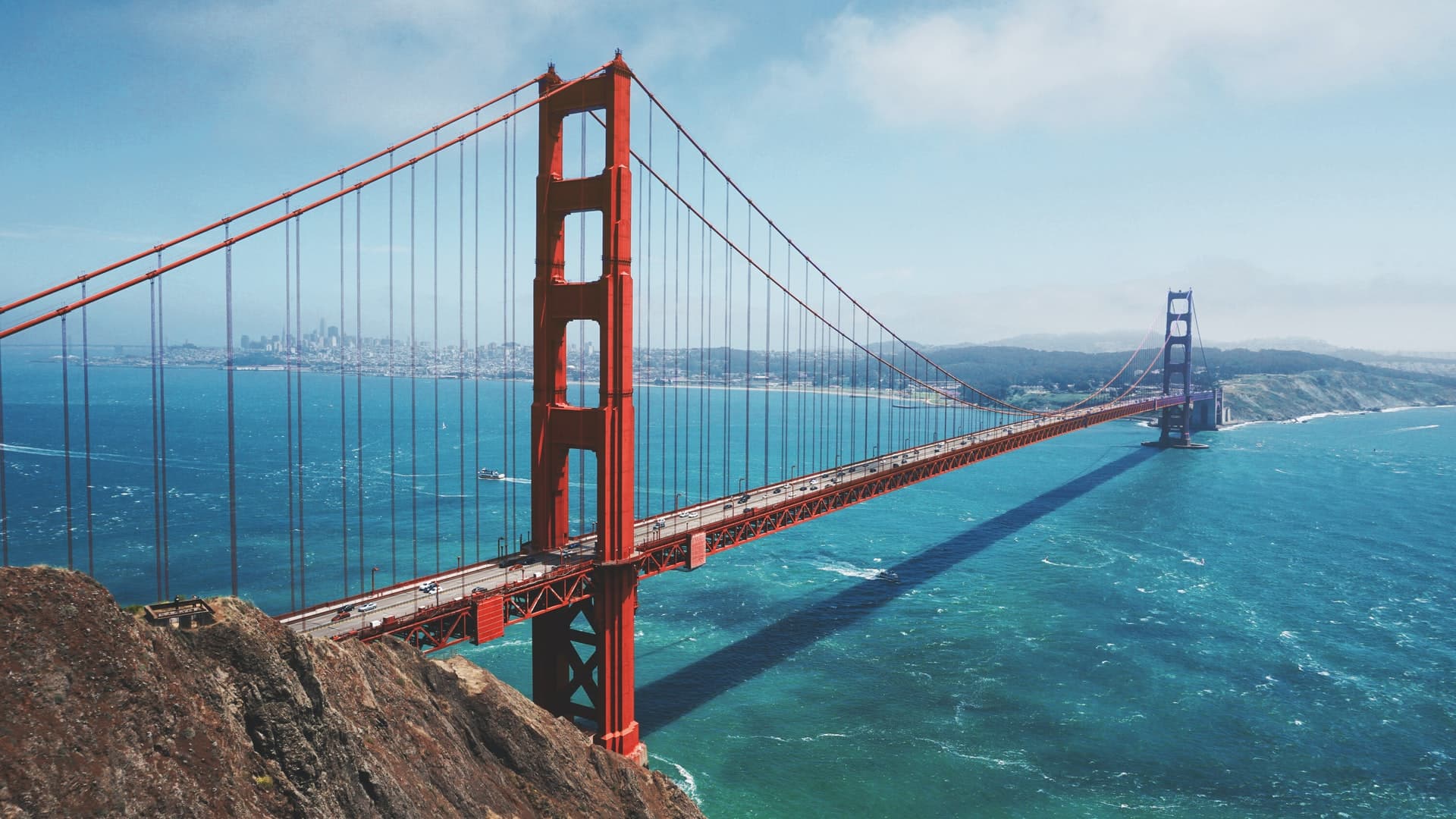The San Francisco Standard: Newsom’s national ambitions backed by special interest money
Why have corporations, unions and associations put up more than $10 million that Gov. Gavin Newsom is using for state and national advertisements featuring him? The answer is that Newsom has delivered billions of state dollars to them.
Of the $956 billion in spending appropriated in the first five years of Newsom’s governorship, the vast majority went to programs and compensation that benefit corporations, unions and associations that donate to the governor and state legislators. About 40% of that spending is required by the constitution but the other 60%—more than $500 billion over those five years—was appropriated under statutes enacted and amended by the governor and Legislature.
Because most of that spending takes the form of payments to service providers, the principal recipients are corporations and employees providing those services. Examples include health care corporations and hospitals like Sutter Health and Kaiser, doctors and nurses, and prison guards and other state employees represented by 21 units that collectively bargain with the governor for contracts that award billions in pay and benefits.
You can’t blame them for trying to influence the governor. Huge sums of money are involved and the returns they can earn on political investments exceed those earned by the most successful venture capitalists. For example, over those five years, the California Correctional Peace Officers Association, which represents prison guards, donated less than $3 million to Newsom and his ballot measure committees while, coincidentally or otherwise, annual spending from the general fund on salaries for prison personnel rose by $1.36 billion to $7.1 billion, even as the inmate population declined. Pension and other benefits for prison personnel cost an additional $3.8 billion.
But you can blame the governor for succumbing to their influence. That’s because the negative consequences of Faustian bargains made by California governors with presidential ambitions fall on others. The reason the state spends more on the compensation and benefits for prison employees than on the 700,000 students attending California State University and the University of California is that students and alumni aren’t meaningful political donors. It really is that simple. Likewise, if you’re wondering why Newsom wasn’t willing to stand up for K-12 kids against school employee unions during the pandemic, the answer is that he knows their opposition could be fatal to his presidential ambitions.
It’s not just state spending that Newsom delivers for donors. Some care most about regulation, which is why donors include enterprises such as Airbnb, Uber and the Federated Indians of Graton Rancheria. That’s also why the list of corporations, unions and associations who have donated to Newsom is staggeringly long. Just those with “California” in their name take up a page.
Not just Newsom
To be fair to Newsom, he isn’t doing anything different than other California governors with presidential aspirations. Gray Davis granted similar raises to prison guards. Ronald Reagan signed legislation in 1968 that turned local and county public employees into a political force with hugely expensive ramifications for taxpayers. Jerry Brown signed legislation in 1975 and 1977 that did the same for teacher and state employee unions that have since become the most powerful political forces in Sacramento at the expense of residents, students and taxpayers.
There is no legal bar to corporations, unions, associations and others who do business with the state making political contributions to state officials or their ballot measure committees. While there is a precedent for such a bar in federal securities law (Wall Street firms subject to “pay to play” restrictions can’t donate to candidates for offices with authority over their contracts), no one has yet been able to craft a loophole-free version that would work in California.
Until then, Californians will have to rely on the consciences of governors. But don’t hold your breath, because for Newsom and other aspirants, the tales in that regard are cautionary. For example, as treasurer and governor of Rhode Island, Gina Raimondo stood up to public employee unions to protect and enhance services for residents and students. While she succeeded in those efforts, by doing so she effectively eliminated her chances of ever becoming president (indeed, she almost eliminated her chances of even being a member of President Joe Biden’s cabinet). That’s because public employee unions are the most powerful force in the Democratic Party.
Newsom knows that, and so does every Democrat hoping to be president. Until a law can be crafted to prohibit political spending by entities doing business with the state, Californians will continue to pay the price whenever they have a governor with presidential aspirations.
David Crane is a lecturer in public policy at Stanford University and president of Govern For California.
